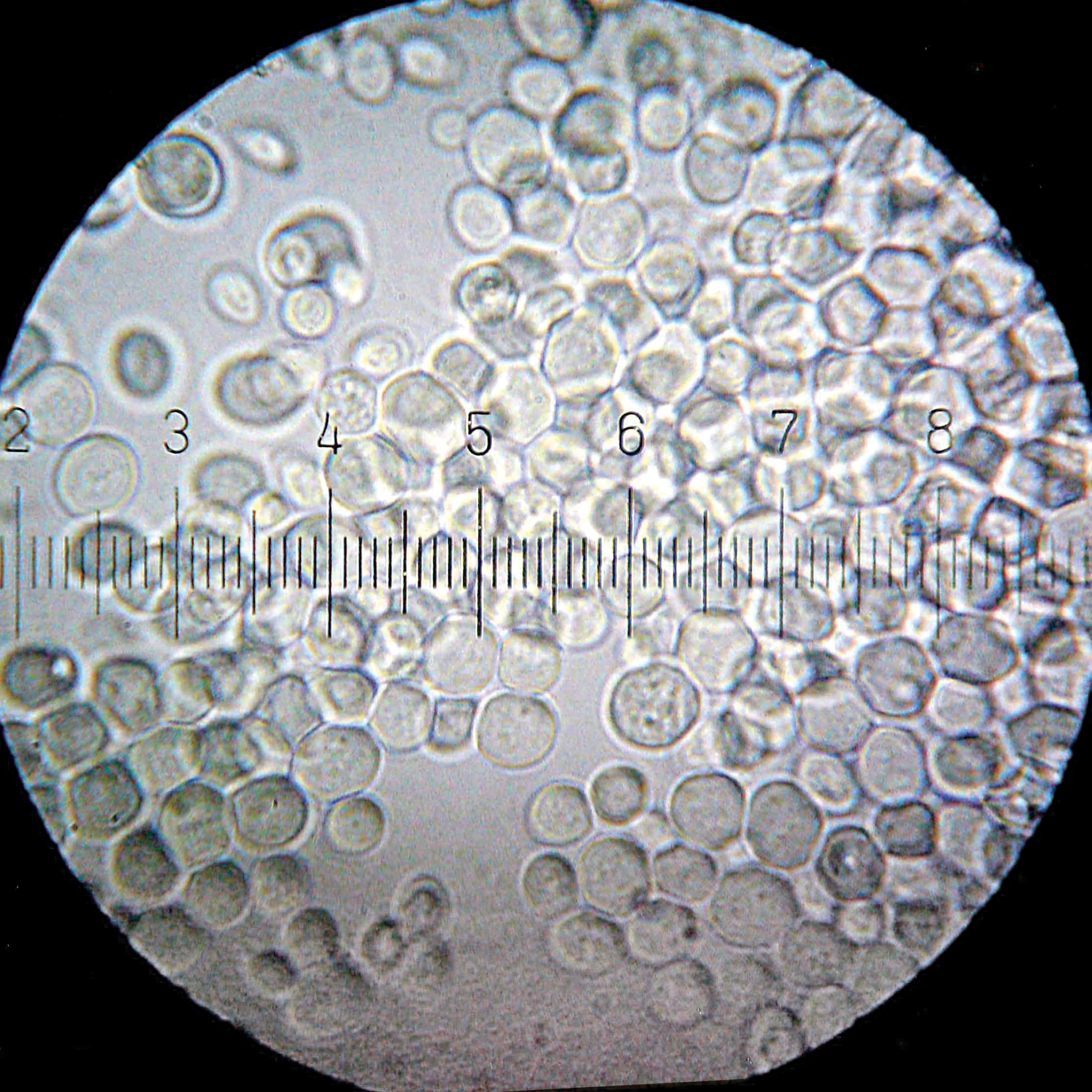Welcome back to the third installment of the story behind our 2014 Harvest. I guess technically, this would be the fourth post since back in August I discussed all logistics performed behind the scenes while Preparing for Harvest. Two weeks ago I posted about the exciting and busy time 24 hours before harvest and then last week the very tiring Harvest Day itself. The time frame between Harvest and this post is only two days later. During this time the fruit was sitting in a fermentation bin and was being held at a cold temperature (cold soak) so that we could extract the color and flavors from the skins without the onset of fermentation.
After these two days, it was time to get going with making the wine. It was time to turn grapes into wine. Yeast, the working beast behind wine, are present on the grapes themselves. They just want to survive, and in order to survive, they need to ferment. It is this process that has given us the beverage we have fallen in love with. Without those microorganisms, there would be no wine. Although some winemakers choose a natural fermentation with indigenous yeast, we chose to inoculate.
 |
| These little buggers are Saccharomyces cerevisiae and if you are an oenophile, you should bow down and thank your lucky stars for these microorganisms. |
.jpg) |
| yeast, nutrients, mixture and must |
 |
| yeast fermenting in corner |
At this point we cover the bin to prevent contamination and we let the yeast do what they do so well. Fermentation typically lasts about a week at which point we technically have wine.
At the end of fermentation, the fruit is pressed to release the juice and is pumped into barrels to age in oak for approximately 18 months.
As Julia Child said so eloquently, “Wine is a living liquid containing no preservatives. It’s life cycle comprises youth, maturity, old age, and death. When not treated with reasonable respect it will get sick and die.” She was spot on with this statement. From the fruit growing in the vineyard, to the yeast converting the sugars to alcohol, to the consumer choosing the wine to drink, care and respect must be present.
~Slainte!
